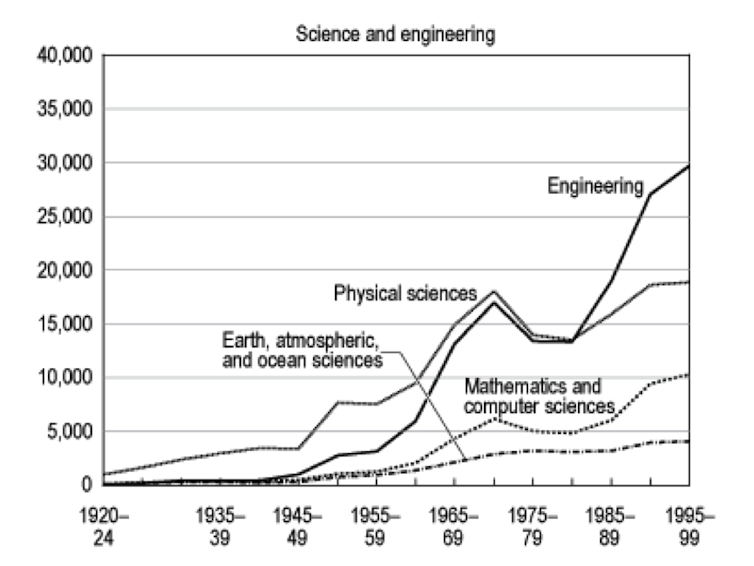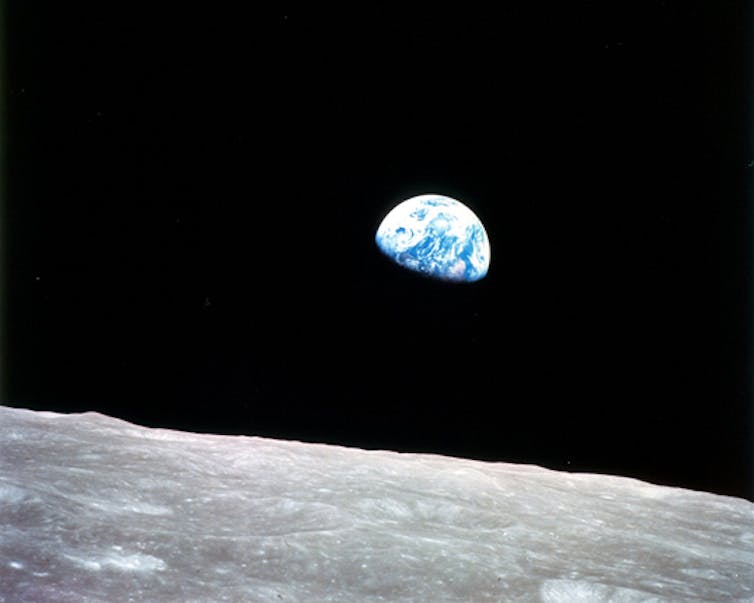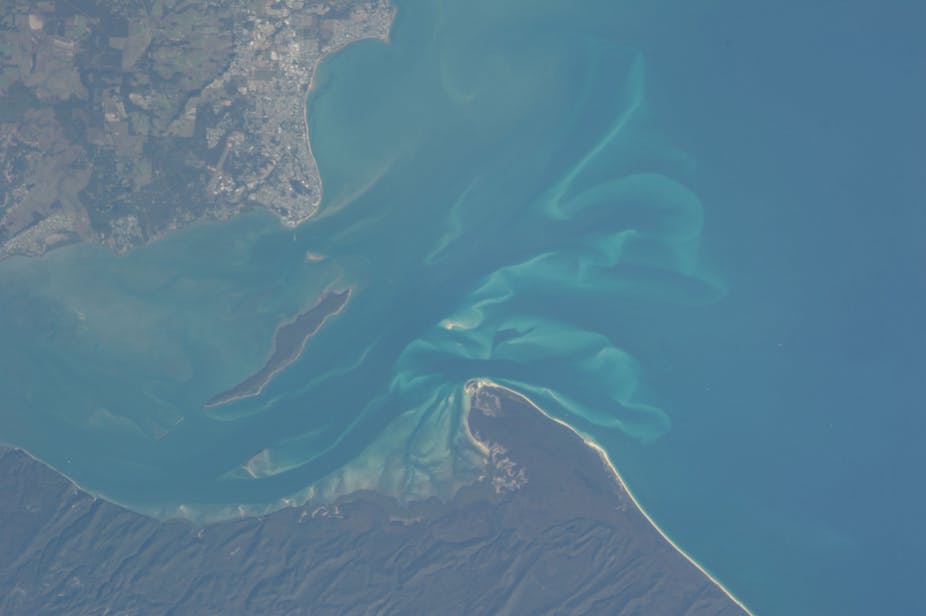India’s recent launch of a mission to Mars should cause us to contemplate Australia’s potential role, or lack of one, in such ventures.
We presume India mounted this project at amazing speed to give China pause for thought in its military modernisation and strategic designs. However, as one of India’s top space scientists said:
To visit another planet is a fantastic thing, the biggest thing.
Yash Pal, also a former chairman of India’s University Grants Commission, was not involved in developing the Mars mission, but told the Associated Press:
If you can afford air planes and war machines, you can certainly spend something to fulfil the dreams of young people.
We all know that the US going to the Moon was about competition with the USSR. But we also know that very significant science was achieved and continues to this day.
NASA’s Apollo program was associated with a five-fold increase in the number of PhD graduates in the US in science, mathematics and engineering. When the US stopped that program, graduate numbers dropped.

Firing Australia’s public imagination
It is sometimes said that there is no point in Australian universities educating students in the skills required for deep space missions because there are no jobs available here.
This is nonsense: graduates are mobile and could end up anywhere, potentially returning home with new skills. But also it misses a key point. Education and training related to space involves many other skills that are vital for our future, including nanotechnology, quantum physics, mineral exploration, environmental monitoring, navigation and telecommunication.
There are declining enrolments by students in science, mathematics and engineering. Space exploration is a great attractor to aspiring specialists, from primary school to university age, as can be seen from interest in programs such as the Mission to Mars at the Powerhouse Museum in Sydney.
So, why has Australia not embraced the exploration of the solar system? No Australian government has ever shown much interest beyond the use of satellites.
Aficionados can point to some significant projects such as the solar observatory at Learmonth in WA. But at the level of the public imagination, there is little or nothing.
Learning from radio astronomy
In the 1950s, the well-organised astronomy community, led by some gifted scientists, persuaded Australia’s government of the day to make a series of big investments in optical and radio astronomy.
Now faint signals from the far universe can be collected by radio telescopes in Australia, free from the interference of mobile phones, welders and other sources of electromagnetic interference. We also have great views of the southern sky.
Our contributions to optical and radio astronomy have continued, dramatically illustrated by our major role in the development of the Square Kilometre Array.
But the space science community has not been so well organised. Perhaps this is just an accident of history, but it needs to change if we are to actively exploit the opportunities available.
Important progress was made with the publication in 2010 by our Academy of Science of a “decadal plan” for space science. The work that went into developing this plan uncovered a hitherto undocumented wealth of local expertise.

Australia’s niche capabilities
There is no economic case for having our own commercial launch facilities or our own space exploration missions. But we have niche capabilities that would allow us to make significant contributions to the programs of other nations.
For example, we have supplied “space-hardened” chips for a Mars mission.
We have numerous other relevant skills, including robotics, mineral mapping using infrared spectroscopy, and geological and biological expertise needed for planetary exploration (already enthusiastically sought by NASA).
The development of the Advanced Instrumentation Technology Centre in the ACT is a step in the right direction. It is a national facility that will be capable of designing and building “space-qualified” sensors and, in time, small satellites.
Inspiration is intangible, but brings change
Canada is often held up as an example of what we should be doing. It is a similar country, with a similar economy, but has much greater engagement with space matters.
Canada has an arm on the International Space Station and is an associate member of the European Space Agency, which has led to significant technology transfer and international collaboration across numerous disciplines.
But in Australia, pragmatism seems often to over-ride vision, to our detriment.
Seeking to inspire might seem like an intangible pursuit, but it is also a powerful agent for change. It nurtures education, that generates innovation, that builds an economy. None of this just happens. We need to fight for it.
We’re not suggesting that we compete with NASA, ESA, India or anybody else, but that we set our sights high and get on with reaching those goals in our own way. By doing this, we will inspire our young and set the wheels in motion.

